Youngstown, O. - Congratulations to the blast furnace department at Sheet and Tube's Brier Hill works for logging 1,000,000 man hours without a major injury!
Photo circa 1955 - Image courtesy of Ohio History Connection
Youngstown, O. - Congratulations to the blast furnace department at Sheet and Tube's Brier Hill works for logging 1,000,000 man hours without a major injury!
Photo circa 1955 - Image courtesy of Ohio History Connection
Warren, O.
A sample of the drone footage I commissioned upon hearing of the approved demolition permit for the last blast furnace in the valley.
I want people to see what an integrated steel mill looked like before they are all scrapped. Unfortunately the basic oxygen furnace side of the mill (where they turned the iron into steel, and then processed it) was already in a scrap heap somewhere at this time. If you look in the background, you see the coke plant, where coal was (and still is) baked into coke. At one time, both plants were part of Republic Steel. They brought raw materials (coal, iron ore, limestone) in one end, and processed steel came out the other.
Every time I watch this video I think of the "Little Steel Strike" of 1937, when Republic had thousands of scabs that stayed in the mill, who had no food and basic essentials. The decision was made to airdrop supplies to them. They say the strikers tried to shoot down the planes that landed next to the rail yard in this very mill. I don't think anything was ever proven though. Here is an interesting quote from a pilot during the strike, and a link to the Smithsonian article below.
"Pilot Frank Groat, an electrician and part-time pilot hired by Republic, remembered volleys of gunfire as he eased his Waco toward the airstrip. “Every now and then you could hear the bullets whizzing by you as you flew into the mill,” he recalled from his home in Florida. “We never shut off the engines when we came in. We landed, men came out to unload the planes, and we took off. In Niles they used a big net to catch the supplies when we flew over. On those flights we took a second man along, a ‘bomber,’ we called him. He threw the supplies out through the door.”
http://www.airspacemag.com/history-of-flight/oldies-amp-oddities-the-little-steel-strike-airlift-41977502/?no-ist=&page=1
Uploaded by The Rust Jungle on 2016-08-01.
Steel Valley, O. - I was in Youngstown a couple weekends back, and went ghost sign hunting. Found some gems I want people to see so here you go.
Youngstown, O. - The William B. Pollock Company.
Never thought I would find something this historically significant. I came across this on accident, was down the bottom of Himrod Avenue looking for this company, but was looking at the wrong building. Gave up and went next door to photgraph the old 10/90 warehouse (a dress factory converted to a semi legal skate park in the 90s), looked up and saw something painted on the wall of the building across the street. Sure and begorrah it was the logo for the William B. Pollock Co. You can barely make out the logo on the wall, but check out the Pollock ad below and compare the two. Founded in 1863, this company built America. They engineered and built blast furnaces and hot metal cars. This plant right at the end of Federal St. had a hand in revolutionizing the steel industry. They were responsible for engineering and building the Trumbull Cliffs furnace, which I believe at that time was the largest blast furnace in the world. This furnace was owned by Republic Steel, WCI Steel, Severstal and RG Steel. She is the last blast furnace in the Steel Valley, and is in the midst of demolition.
Girard, O. - Youngstown Sheet and Tube Brier Hill Works.
This is a two for one bonus. Behind the fading "Syro Steel Brier Hill Div" ghost sign, you can see the yellow and black sign they painted over peeking through. The original sign proudly read "Youngstown Sheet and Tube Company". I know this because there was an identical Sheet and Tube sign on the side of the Struthers works that faced the river/Wilson Ave. That building is gone, but I photographed it 15 years ago or so, see bottom photo (old photo, excuse poor quality). If you zoom in on the current photo, you will see the "Syro Steel Entrance" sign on the sloped building that is dwarfed by that roof vent that is sitting on the ground. This was an underground entrance into the mill, and man I want to go down there.
Niles, O. - Republic Steel
I took this photo just over 10 years ago. I went back recently to photograph it again with a better camera, only to find they painted it over. Glad I got this when I did.
Youngstown, O. - The Snyder-Bentley Co.
I don't know much about this company, except they are located across the street from what was Carnegie Steel's Upper Union Mills. The were an industrial distributor of some sort formed in the 20's, and they have a cool looking sign.
Youngstown, O.- Brier Hill Slag Co.
This isn't a ghost sign in the traditional sense I suppose, but it's gone so it applies to me. Damn I wish I would have preserved this thing. This sat in front of what was Sheet and Tube Brier Hill works. I took this as they were tearing down the YST office building in the background. I think Youngstown Steel Heritage ( http://www.todengine.org/ ) has the engraved stone sign that was at the top of the building that read "Youngstown Sheet and Tube Company".
Warren, O. - Copperweld Steel Co.
This isn't a ghost sign either, but my grandpa worked here 33 years so you're going to have to deal with looking at it. Did you know during WWII Copperweld rolled and stretched uranium for the war effort? My grandpa was away fighting ze Germans, but when he came home he worked a rolling mill out there. Wonder if it was one that rolled the radioactive material for the Manhattan Project.
Youngstown, OH: These photos, which i borrowed from eBay, show the transition of industrial assets during the fall of the steel industry. Re-industrialization maybe?
J&L Steel - Campbell, OH: What once was Sharon Steel Hoop Corp. transitioned to J&L Steel. J&L did not have much of a presence in Youngstown, but their mills dominated the south side Pittsburgh skyline. The Youngstown mill is where my great uncle Al Grilli worked most of his life. When he retired this was known as Cold Metal Products. The photos below show the way they transitioned these mills in the 80s, in this case they just slapped some paint over the iconic J&L, and didn't even take care to cover the whole logo. The mill is still active, and is now known as Youngstown Pipe and Steel.
Pittsburgh & Lake Erie RR: Locomotive #1501, which once was a workhorse for the "Little Giant" P&LE RR. At some point this loco transitioned to use on the Youngstown & Austintown RR. What once pulled massive amounts of raw materials and finished prodcuts for the steel industry, became my alarm clock in the summer. I grew up 8 houses from the Y&A line on North Hazelwood Avenue. Every morning around 9:15, the Y&A would blast it's horn, which let me know it was time to go down by the tracks and play. I would run outside and count the cars, which was usually 3 or 4. This loco was on light duty in it's retirement compared to what it used to pull I'm sure. Either way, it played a major part in my childhood. It makes me think of the men who ran it for the P&LE in it's heyday, and how their lives were affected by the closing of that rail road. Photos below courtesy www.railpictures.net
New Castle, PA - Having lived in New Castle for a time, I drove past this place often on my way back to Youngstown. You can't see much from 224, but behind the trees sits a 100+ year old factory that looks like it was carpet bombed. This place has a fascinating history, and played a huge part in the employment and lives of the people of New Castle. I could post photos of the sections that look like they were shelled, but I'll leave you with some documentation of the things left behind, some company history, and an emotional statement from one of the employees a few months prior to the factory closing for good. See below.. BUT FIRST, this photo of a china coffee cup. Nothing too exciting right? I noticed it was marked "Mayer China, Beaver Falls PA" so I ask myself what is pottery from Beaver Falls doing in New Castle? It dawned on me when I first got a real camera, I took a trip to a china factory in Beaver Falls, which was demolished shortly thereafter. Turns out I was at Mayer China's original factory. The company was bought out by Shenango, and in the 90's they closed Mayer and transferred the production to New Castle. I will post the images from the trip to Beaver Falls in the future.

The New Castle News of May 8, 1991, printed a passionate editorial from Shenango China employee Patti Ryan that read in part, “As the first wave of permanent layoffs took place April 12, myself included, I’d like to share a few thoughts with my fellow Shenango China employees and people of this community. For all of the “Rah-Rah Shenango China” people who had tremendous pride in their work, it was more than just a job. It was a group of people who grew closer through good and bad times. For those who never felt that sense of pride, it is difficult to put into words. Those of us who have, need no further explanation. Upon visiting Washington, D.C., this past summer, I proudly showed my 8-year-old daughter the Castleton China display in the White House. It was obvious to me that she also understood the pride. It wasn’t necessary to have worked there to felt it. This community will feel the economic impact of this plant closing, along with a sense of loss… Now, the Shenango logo which, to me, always symbolized the pride, is being taken to New York. To put it bluntly, after the corporate rape, our Shenango Indian is being dragged to Syracuse. As consumers, I hope the area people will remember this when making purchases, because the Pfaltzgraff Corp. and its stooges at Syracuse China have done the good and loyal people of this community and Shenango China a great injustice.”
http://www.lawrencecountymemoirs.com/lcmpages/896/shenango-china-company-new-castle-pa
"During the late 30’s, Mr. Smith became convinced that America would soon be in the war. He began building three bisque 70′ tunnel kilns and one 105′ kiln. Delayed steel shipment caused the kilns to be raised under circus tents. Wartime created many difficulties. Young skilled workers went off to war. Many employees went to work in defense industries, which paid higher wages.
Although government contracts made up over 50 percent of all production, critical materials forced substitutes. Due to this hardship, more creative methods of decorating, mixing color and packing were devised. In addition, during the war CIO-USWA won the right to represent the workers. With the end of the World War II, it became apparent that a balanced expansion would have to be achieved. The government ware made during the ware was one fire, plain white ware or with little decoration. In the post-war economy there would by a large demand for dinnerware and overglaze hotelware. A building plan was initiated in 1945 and completed in 1947. The addition contained 150,000 square feet for decoration and a 60,000 square foot building with a 200′ tunnel kiln was built for a new refractories division.
During the war, they also made the ceramic parts for land mines. A group of local businessmen including officers of Shenango formed a company for this express purpose. Later this led to a minority stockholder suit, which occupied the officers and directors for a ten-year period."
http://www.lawrencechs.com/museum/collections/shenango-china-collection/
Youngstown, OH. Today is the 50th anniversary of a milestone for the now defunct Pittsburgh and Lake Erie Railroad. Per the Youngstown Vindicator, "Railroad officials gather at the Gateway Yard in Youngstown for the "humping" of the 5 millionth car (enough to circle the earth). Humping is the act of shoving a line of freight cars over a hill onto multiple tracks, to be divided into a new train.
The P&LE got it's nickname, The Little Giant, because they moved so much tonnage in relation to the amount of track they controlled. While they did offer passenger service, they primarily moved steel, and the ingredients to make it in its raw form: coal, limestone and iron ore.
I have photographed what is left of the Gateway Yard many times, but on an occasion such as this anniversary, I wanted to show it in it's prime, not the post industrial wasteland I know it as. Check out the video below from YouTube user Erie1264.
Typical North East Ohio Day! P&LE at Gateway Yard Youngstown,Ohio.
It might not look like much now, but in it's heyday the Petra was a place you could walk to from a Pedaline house and get a quarter bag of 3D Doritos, three 20 ounces of 50/50 for a buck and a single roll of toilet paper. All while a gentleman who may have been Native American say stoically behind the counter with the workers, never saying a word like a living cigar store Indian.





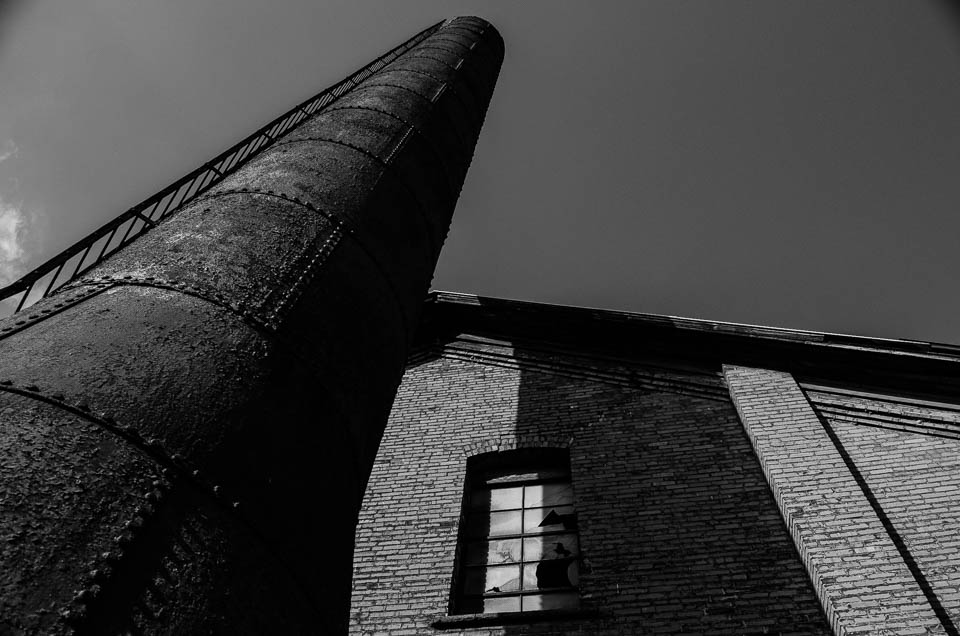


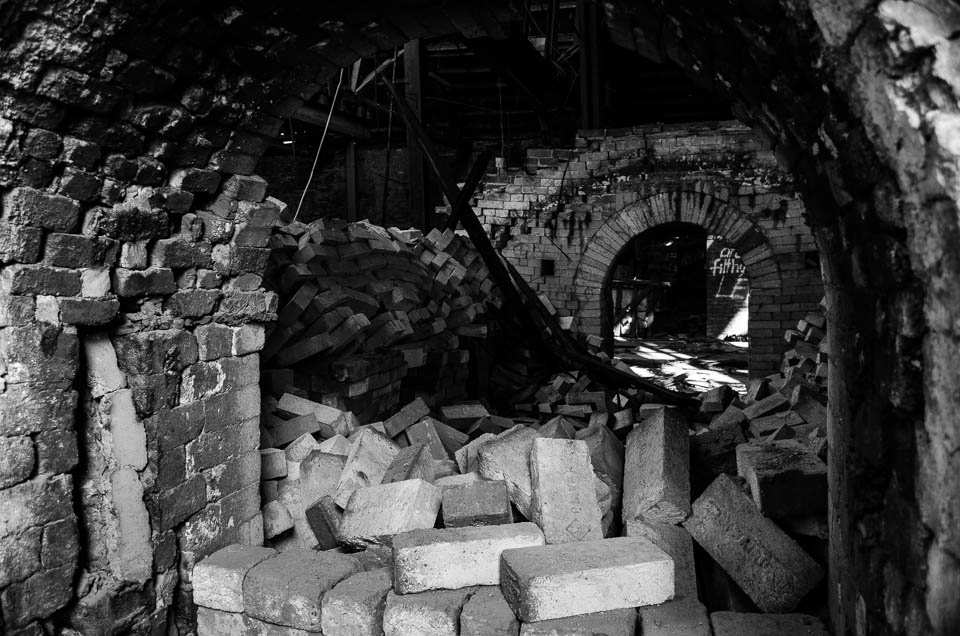


New Castle Refractories - New Castle, PA
I photographed this 105 year old firebrick factory on Industrial Street about a month before they knocked it down. I didn't know it was slated for demo, just how it worked out. There was quite a bit left behind in the office, some interesting reports and employee data. The production floors were gutted, and the kilns were falling in on themselves. The letter they heartlessly tacked to the message board (fig. 4) to let the employees know their livelihood was gone was still there, next to a calendar that stopped in March 09. I have that letter now, it's right next to the one I liberated from Copperweld Steel, where my grandpa worked.
Coincidentally, the company that shuttered and abandoned this plant also bought the refractories arm of Shenango China, which I photographed the same day. I guess there isn't much of a market for firebrick in a valley that no longer makes steel. These are the ripple effects of Black Monday. Trickle down deindustrialization I guess.










Republic Steel Warren Works; Warren, O. My grandpa on my Mom’s side applied here in the 40’s. Part of the hiring process was to weigh you, and they told him to “go home, eat a steak and a bag of potatoes, and try again”. He was skinny like me, so he wound up doing his 30 some years out at Copperweld. They ran me off of the property, so here are some detail shots, and some houses around the mill to show the ripple effect.
They tore down almost all of the BOF side of the mill. It is so strange to me to drive down Pine Ave and be able to see the blast furnace over on Main. Gone are the days of waiting half an hour for a mile long coke train to back into the mill across Pine. The place just looks bombed out. To quote Bruce Springsteen, “My daddy came on the Ohio works when he came home from World War II, now the yards just scrap and rubble.. guess them big boys did what Hitler couldn’t do”
From the Vindicator, regarding the 1937 Little Steel Strike at the Republic Mills: “On June 20, the day after two strikers were killed at Stop 5 on Poland Avenue, and on several other occasions, Republic Steel ran an ad offering a $500 reward for information leading to the arrest and conviction of anyone threatening families of employees of the company or destroying property of employees at its Warren or Niles plants. Even the boys in Warren complained that pickets had bought all the baseball bats, according to a story published in The Vindicator on June 15, 1937. Planes were used to drop food to management and steelworkers who stayed inside the plants. One of the planes crashed while attempting to land on Republic Steel property in Warren, an event caught on camera by Vindicator photographer Lloyd Jones.Whether the plane malfunctioned or was shot down by pickets was long debated, too; but Republic Steel offered a $1,000 reward in a Vindicator ad for information leading to the arrest of anyone shooting at their planes.”








Borts Pool - West Side, Youngstown Ohio
I learned to swim here. I really hated it. The water was always so cold, and the bottom of the pool hurt my feet. Remember the rusty ass cowboy that was part of the jungle gym? Anyways, I guess you cant expect too much from a public pool financed by a city with a constantly shrinking tax base. Still, I wanted to photograph the place before they tore it down. So I did. R I P

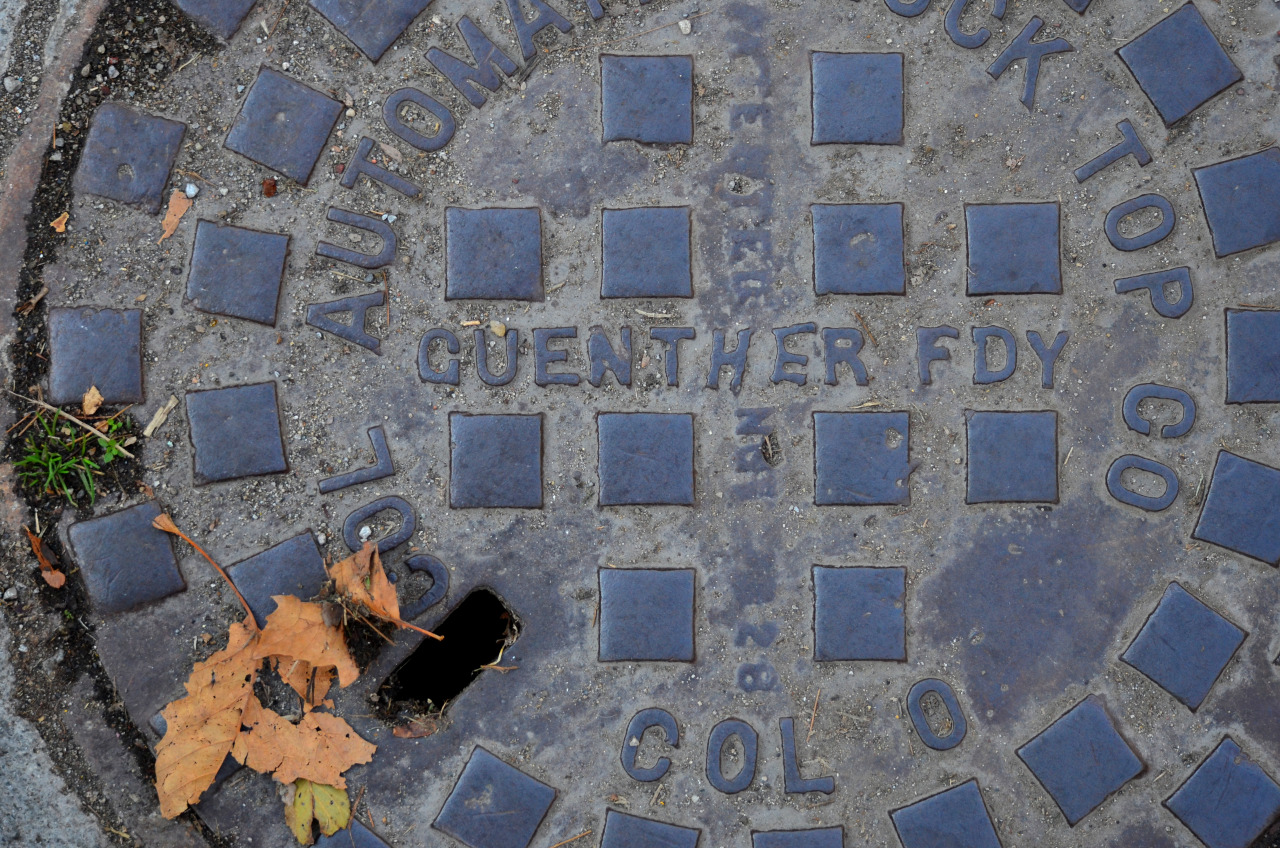


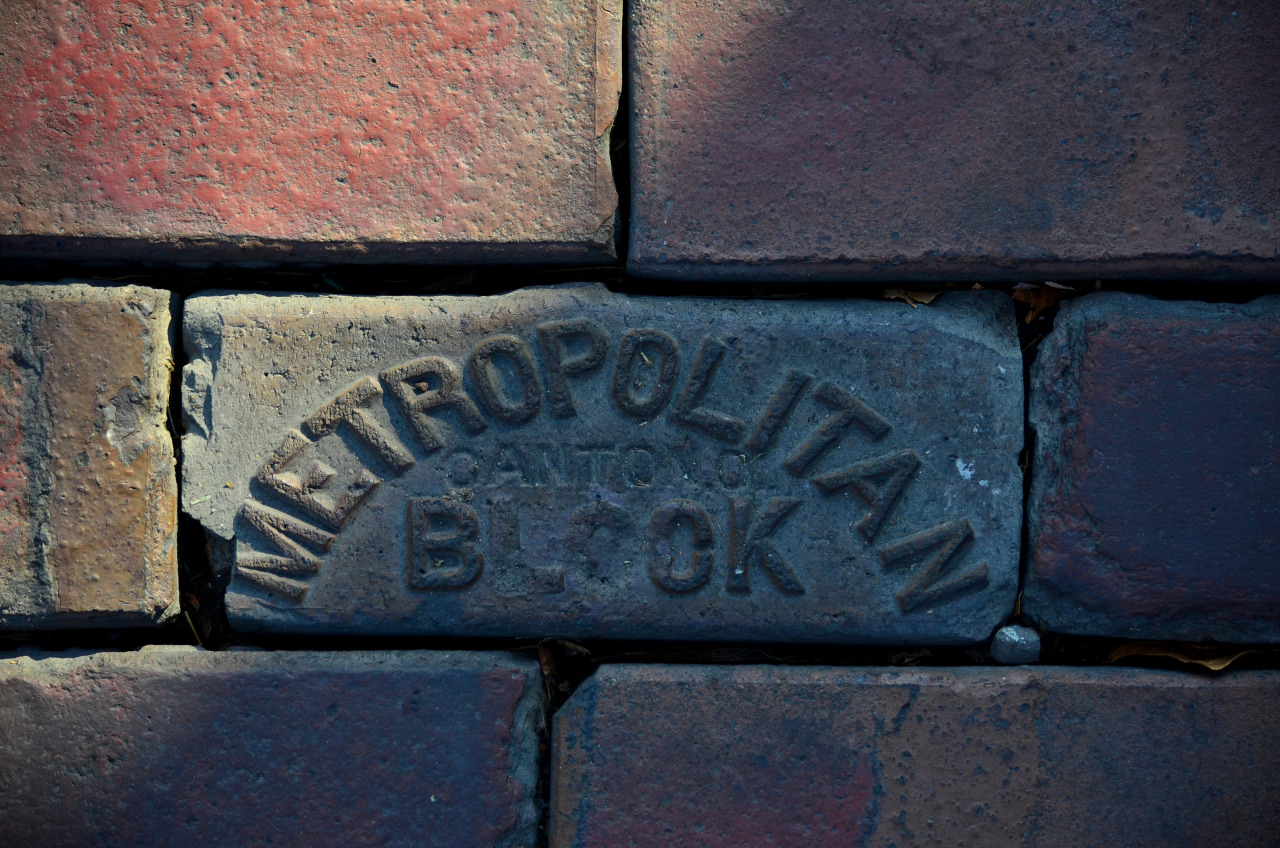





Columbus, Ohio. Looking down.
Youngstown, O.
This Greek Catholic church was located in the heart of Youngstown's Steelton neighborhood, and was literally across the street from where U.S. Steel’s Ohio Works once stood. I wonder what mass was like with the sounds of an integrated steel mill playing back up to the organ? Bang clang bang woosh clang (Amen) train whistle clang clang bang maybe?
Below is an interior photo of the church in it's early years. When I documented the building in 2010 or 11, the beautiful mosaic floor was carpeted, and the ornate ceiling was dry walled over. A few years after I took these photos an arsonist burned the church down to the brick walls.
Images below circa 2010 +/-
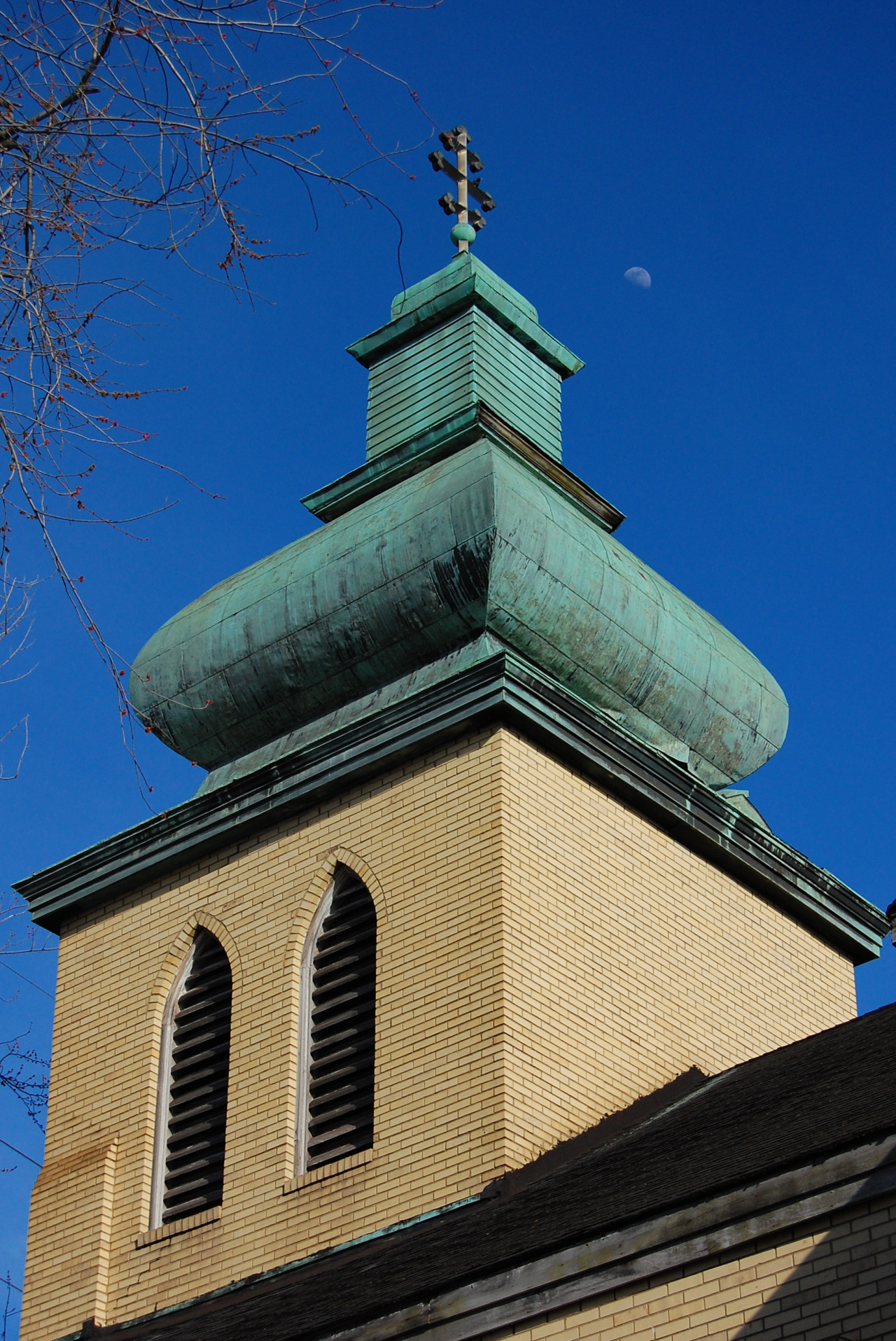
Copyright Paul Grilli 2017

Copyright Paul Grilli 2017

Copyright Paul Grilli 2017

Copyright Paul Grilli 2017

Copyright Paul Grilli 2017

Copyright Paul Grilli 2017
The night of the fire. Photo and video below courtesy of Nicholas Serra.

Copyright Nicholas Serra.





Girard Ohio - Abandoned Coal Tipple
I’ve always been fascinated with this building, it was one of the first abandoned industrial areas I photographed. I climbed out on the roof of the little sub building before but my crazy ass cousin went to the top of the building that was blown over in a wind storm. The rotted rusted old iron spiral stairs were too sketchy for me even then but he made it. Actually being under the leaning tower yesterday was pretty sketchy too. While I was down there I was thinking the obvious metaphor for the crumbling American heavy industrial complex would make a good caption, then a train came out of Brier Hill loaded with seamless steel pipe made in Youngstown. There’s something to be said for the contrast.




Weirton Steel. Weirton WV. These are pretty old, took them while they were tearing down the blooming mill building. I was one of, if not the, last person to photograph the engine that drove the blooming mill (last photo). That TWENTY FIVE THOUSAND HORSEPOWER monster I was standing on was built by the William Tod Company. It was built in the big grey mill building under the Market Street bridge in beautiful Youngstown, Ohio. You know the historic building the downtown gentrifiers want torn down to build a dog park or something. There are 2 Tod engines left in the world, one of them is preserved on Hubbard road if you wanted to see how insanely massive they are. http://www.todengine.org/







Rankin, PA.
I got the chance to go to the Carrie blast furnaces, which are pretty much all thats left of US Steel’s Homestead works in Pittsburgh. Same mill my dad hauled his second load of steel out of. I went with the guys from http://acousticarchives.com/ They documented the acoustics in different parts of the mill, and let me do the same with my camera. This video shows the same beat which changes from room to room as if it was recorded in the cast house, in a hot metal rail car or under the highline etc etc http://www.youtube.com/watch?v=Vw2N1tKJGKA pretty damn cool plus historically significant. If the mill wasnt deafeningly loud when it ran thats how the guys voices would have echoed. Glad I got to be a part of this.

YOUNGSTOWN, OHIO: The projectors at the Paramount theater, which is the big building they are demolishing downtown. http://www.vindy.com/news/2013/jul/10/curtains-for-paramount-theatre/ I took this the first day I had a real camera, also the first day I ever used one. A dlsr anyways. I have some of the main room and stage but since i didnt know what i was doing they kind of suck. Plus everybody that ever hung out at cedars seems to have taken those same pictures.
Millfield, O. - I found this place completely by accident. My buddy had to go somewhere in southern Ohio, and it was a beautiful day, so I grabbed my camera and called it a road trip. We were somewhere down near Athens and we see a sign that just says “Mine Disaster ->”. We turn and follow the signs through these back roads and see a smokestack peeking up over the trees. There was a historical marker right near the stack so I hop out and tell my buddy ill call him in a while.
Turns out this is a place where 82 men died. Four executives that made big news, four of their guests, and 73 miners. In the group of 73 working men there were lots of fathers and sons, I read the obituaries. There was a huge rescue attempt, including self contained breathing apparatuses, but I suspect they wouldn't have pulled out all of the stops if the owner of the company wasn't down in that hole. The coal companies historically didn't give a fuck about the miners; it is said that if you killed a man you kept your job, if you killed a mule you were fired. Mules were expensive, men were expendable.
It was kind of disturbing being down there by myself, knowing I was standing on top of the mine that took all those lives. I've been in some haunting places, but this one made me feel uneasy the entire time. After I photographed what was left of the mine, I walked through the town of Millfield. You could tell it died when they closed the mine. The homes that still stood were original coal camp houses the company built long before they mined out the area. People live there still; it reminded me of walking down Steel Street, just more poverty.
Here is a very detailed account of the disaster, along with a full list of the men killed. The amount of people with the same last name kind of makes me want to throw up.








YOUNGSTOWN, OHIO: The top photo looks like an old dock on a beach somewhere, but its whats left of conveyor belts (middle row) and the flooded basement left over from tearing down US Steel’s Ohio Works (bottom row). I took these so long ago man, the photos from the roof of the mill have to be at least 5 years old. Actually that was the time me and my cousin Matt got caught by the security guard. The guy was hostile at first because people had been mercilessly scrapping the place, plus he didn't believe that somebody wanted to photograph the ruins before they tore it down. I tell him my whole family was steelworkers, i grew up on Hazelwood and could see the smoke stacks from my house etc etc. It turns out he was some big shot at the mill when it was running, and the head of security after it was abandoned. Guy offered us a tour of the place when he found out i knew his granddaughter, but we didn't take him up on it. That's a big regret of mine. they tore everything down like 6 months later. Don't mind me though I'm just thinking out loud.








Columbus






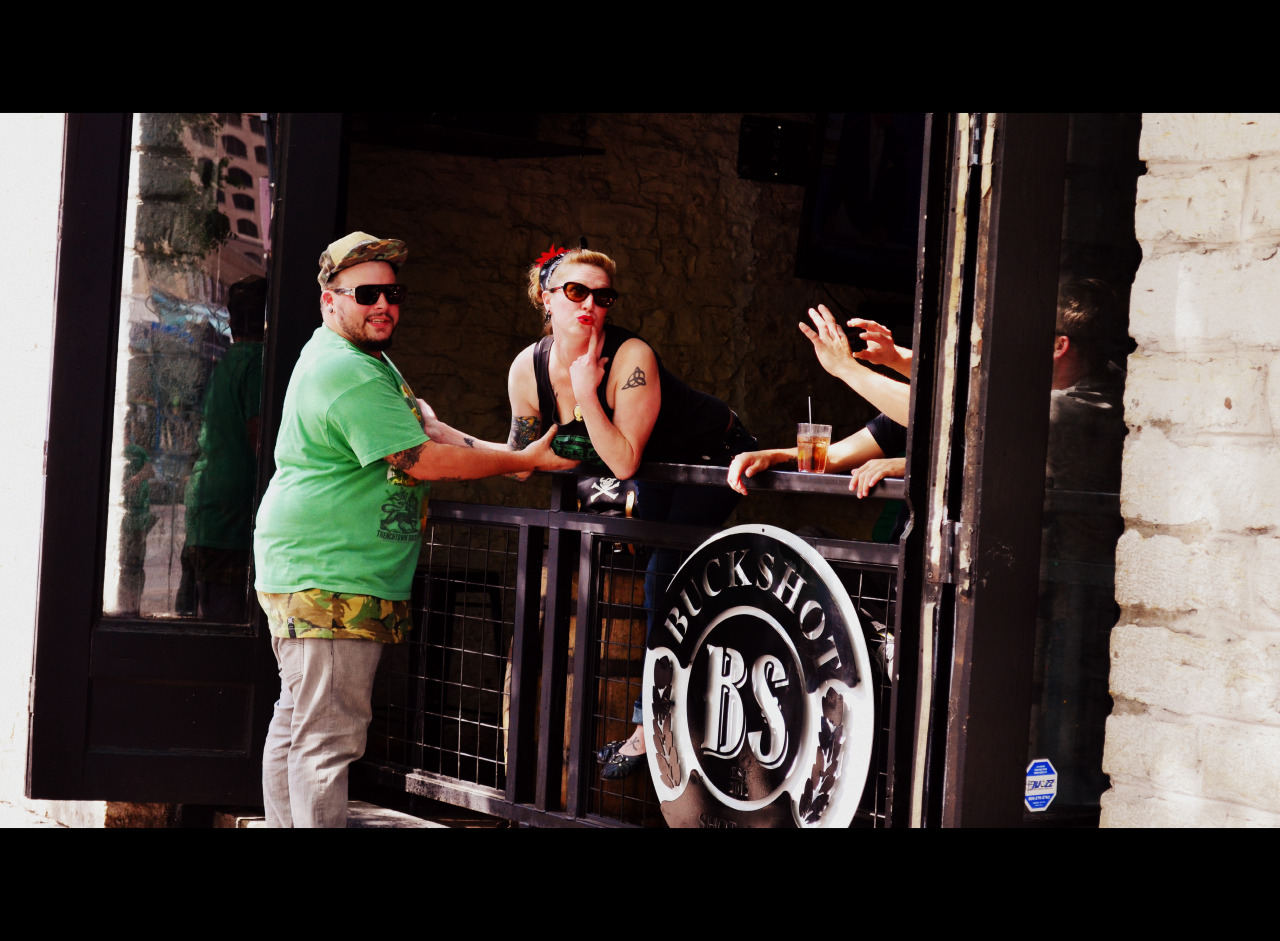



randoms from #SXSW @VitoofnVMe @LoGNARLY